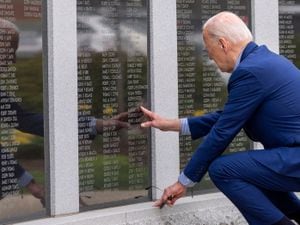Jerusalem cemetery goes deep underground with tunnel burials
Tunnels have been excavated to make room for some 22,000 graves.
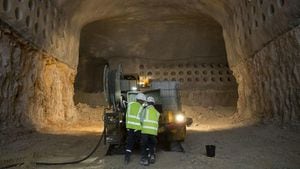
A beehive-like structure built deep underground in Jerusalem is providing an innovative solution for the holy city’s chronic shortage of burial space.
Tunnels stretching more than half mile in length beneath Jerusalem’s main cemetery have been carefully excavated over the past two years to make room for some 22,000 graves – enough space to meet the city’s needs for the next decade.
A 50-metre lift shaft will connect the world above with the world below.
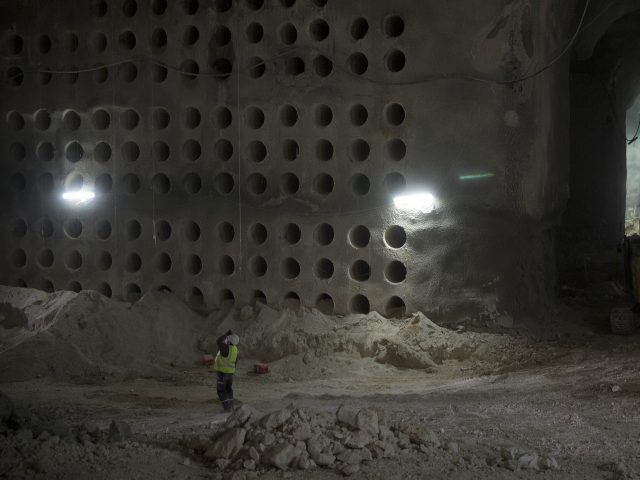
“We came up with this idea to provide a solution under the cemetery with burial structures, but also hidden from the eye,” said Arik Glazer, chief executive of Rolzur Tunneling. “There is not enough land and we take advantage of this.”
Mr Glazer called the planned city of the dead deep below ground both aesthetic and respectful.
Cemetery overcrowding presents a challenge the world over, particularly in cramped cities and among religions that forbid or discourage cremation, such as Judaism. The reality of relying on finite land resources to cope with the endless stream of the dying has forced many to look about for creative ways to resolve the problem.
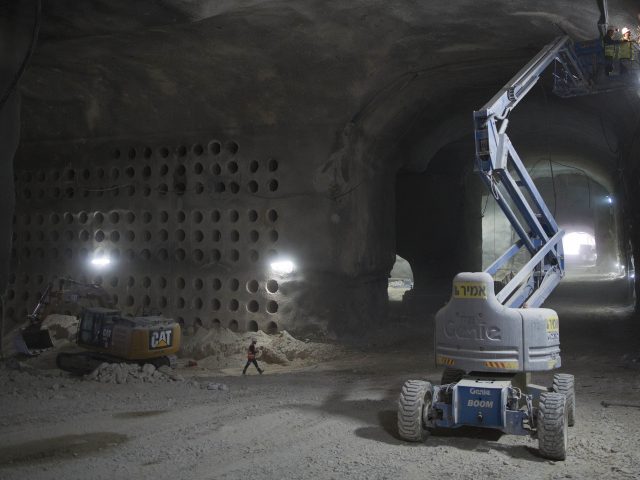
Israel, for instance, has been at the forefront of a global movement building vertical cemeteries in densely populated countries. In parts of Israel, elevated cemeteries are now the default option for the recently departed. After some initial hesitations, and rabbinical rulings that made the practice kosher, Israel’s ultra-Orthodox burial societies have embraced the concept.
Mr Glazer said that his project also required rabbinic approval. Israel’s rabbinic authorities oversee burial practices for the country’s Jewish majority. He said one of Israel’s chief rabbis even visited the site.
“Everyone really appreciated it,” he said, saying it revived a practice that was popular centuries ago. “Burials like this existed in ancient times, 1,600 to 2,000 years ago, and we have we have revived this tradition because of the lack of burial space,” he said.
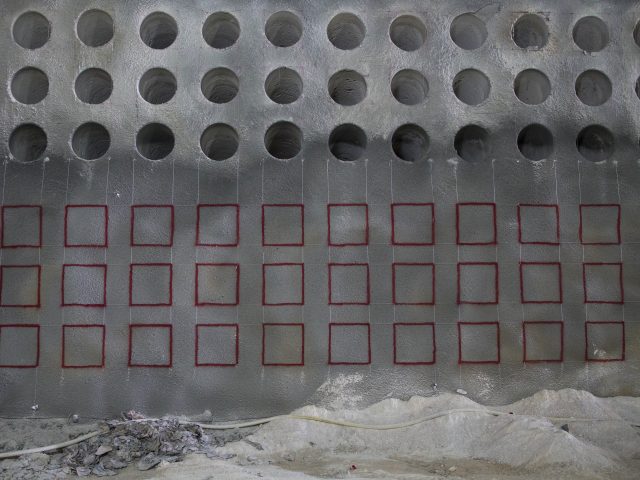
In a city where archaeological digs unveil findings of international historic value, Mr Glazer’s operation took extreme precautions not to disturb ancient ruins or graves. The 50 million dollar (£37 million) project, funded by Chevra Kadisha, a Jewish burial society, is expected to be completed in late 2018.
When it is done, families will be able to enter the tunnels on foot or with lifts. Platforms will be built at various levels to allow easy access to the stacks of graves.
“It’s the first of its kind in the world, at least in the modern world,” Mr Glazer said.
Experts seem to agree. This week the project was nominated for an award by the International Tunnelling and Underground Space Association (ITA). The tunnel finished as a runner-up in the “Innovative Underground Space Concept of the Year” category.
The 74-nation ITA encourages the use of the subsurface for sustainable development and promotes advances in planning, construction and safety of underground construction.



